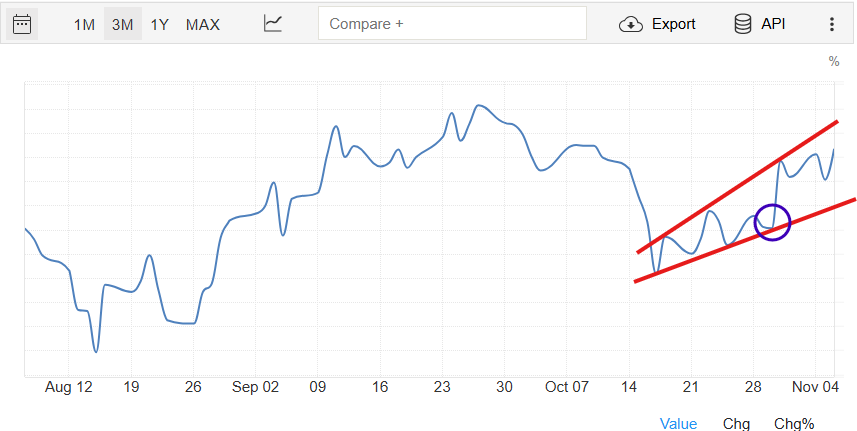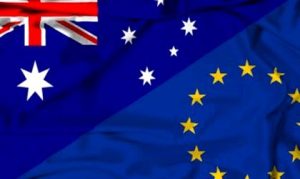Recent cuts to official interest rates by global central banks including the Bank of England and the US Federal Reserve are providing a stark contrast to our own Reserve Bank of Australia as inflation remains stubbornly elevated.
The UK’s central bank reduced its official cash rate by 0.25% to 4.75% on 7 November 2024, taking the benchmark rate under 5.00% for the first time since mid-2023. It was the second such cut in three months, recognising inflation that had retreated below 2% per annum but still showing signs of potential outbreak.
Later on the same day the US Federal Reserve followed the move with its own 0.25% cut, bringing its target rate range to 4.50%-4.75% (the US Federal Reserve quotes a target range, rather than a fixed target rate).
Could the same be in store for the Australia’s central bank, whose official cash rate has remains steadfast at 4.35% despite weakening inflation?
The outlook is uncertain. Headline inflation is now below 2.8% – down from a peak of 7.8% in December 2022. But it’s the trimmed mean inflation reading – a statistic that removes volatile items to reveal the underbelly of consumer prices – that remains stubbornly high at 3.5% in September 2024.
The RBA’s governor, Michele Bullock, remains adamant that the Australian economy is too robust to cut interest rates just yet, although the economy is on the right trajectory. The treasurer, Jim Chalmers, thinks it is otherwise and wants to deliver budget stimulus before the 2025 election.
Borrowing markets have acknowledged there is more work to do to contain inflation. The 90-Day Bank Bill Swap Rate had been tracking modestly northward prior to the CPI report for the September quarter, which was published 31 October. Following the announcement, the benchmark rate rose 2-3 basis points and appears to be trending higher

The RBA’s Bullock remains concerned on several fronts that inflation hasn’t been tamed. The Australian Financial Review recently outlined five key areas that are keeping rates higher:
- Inflation on labour-intensive services remains high.
- Australia’s inflation levels still the second highest in advanced economies.
- The softening job market has stabilised.
- Productivity hasn’t increased, but wages have.
- Overall inflation is just too high to consider rate cuts.
The next signal for rates may come on Thursday, 14 November 2024 when Governor Bullock delivers a speach ahead of a raft of employment data releases and consumer inflation expectation reports.








